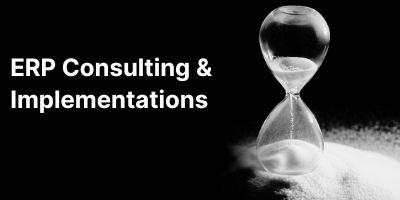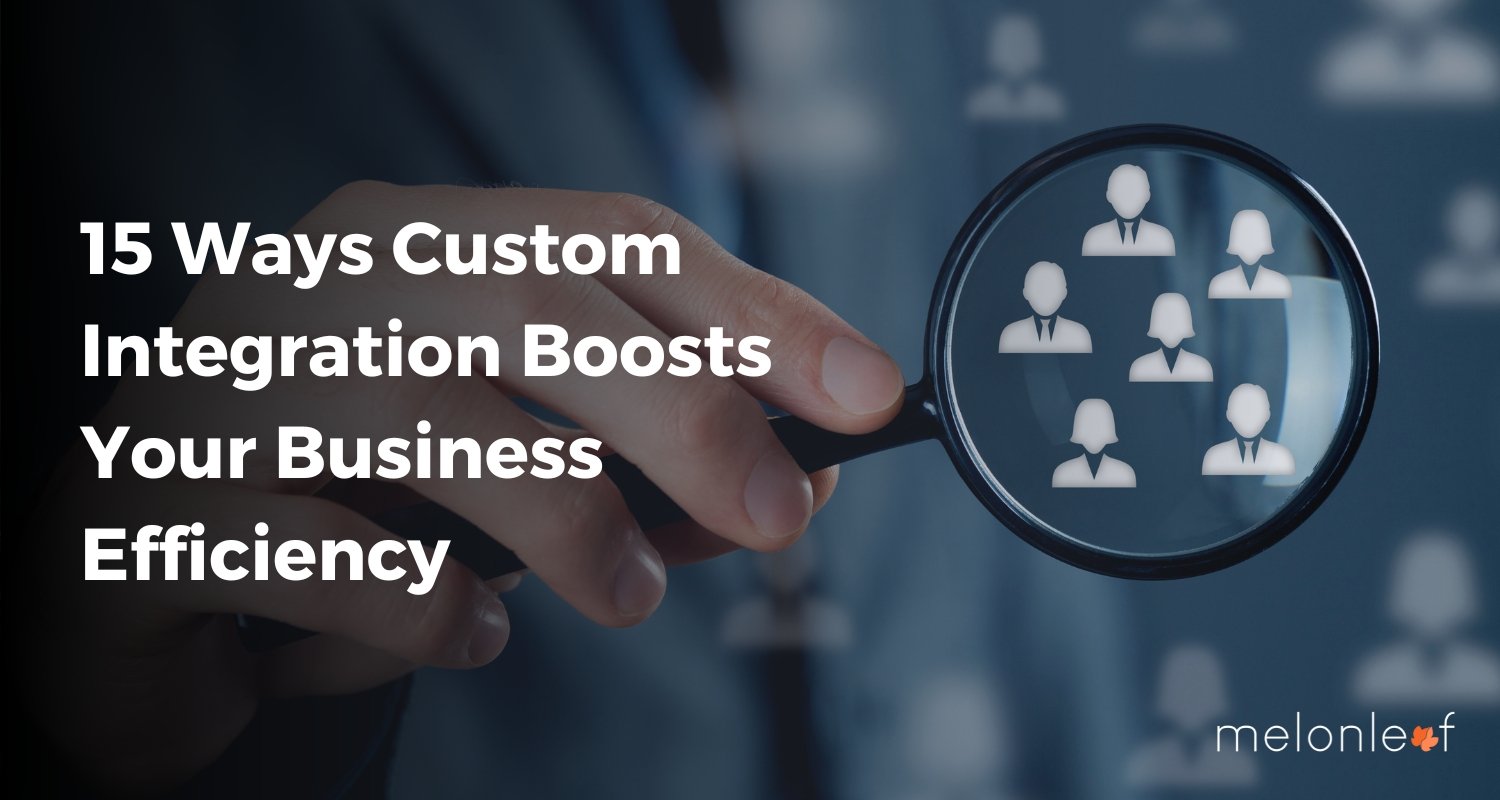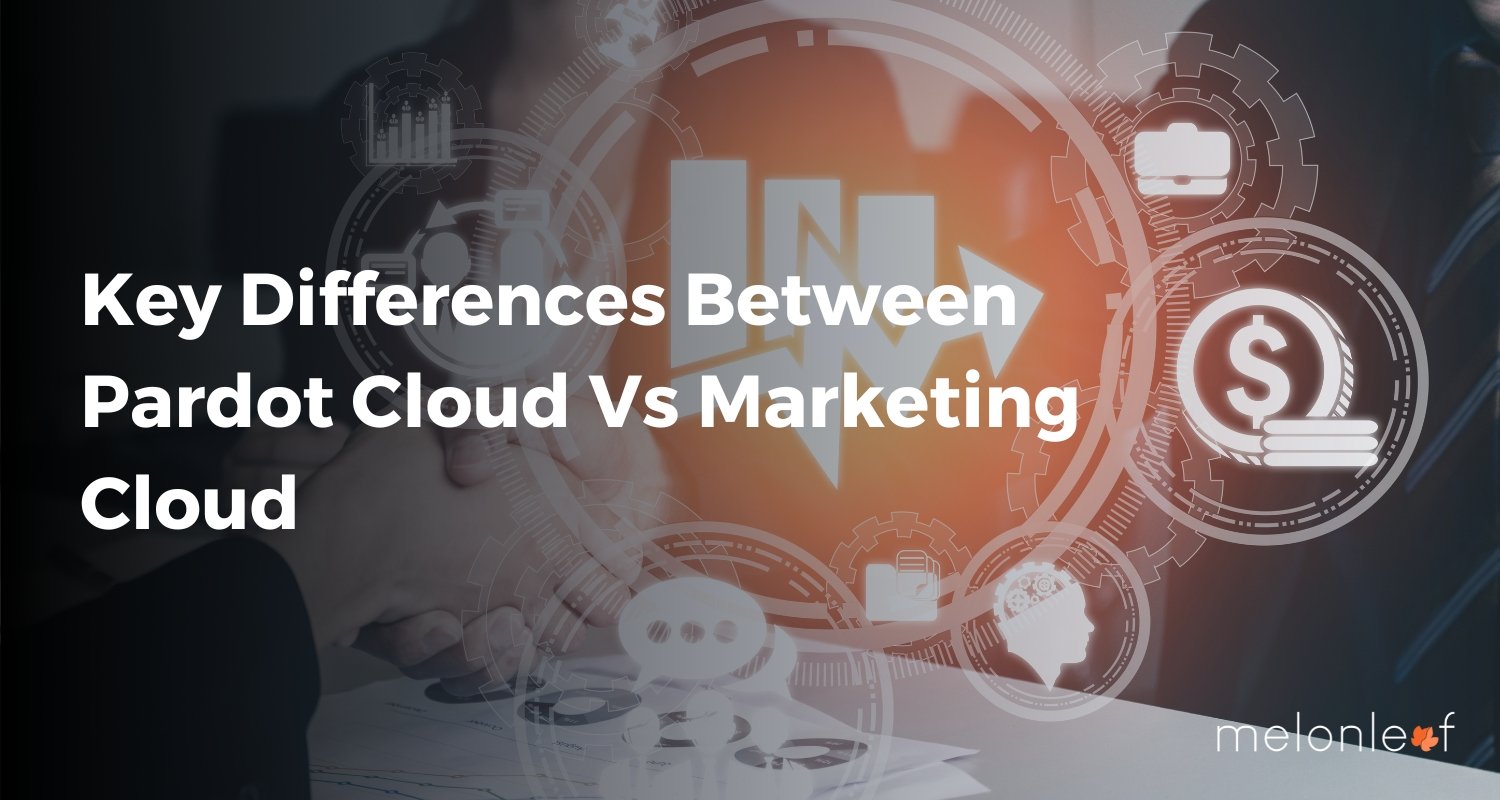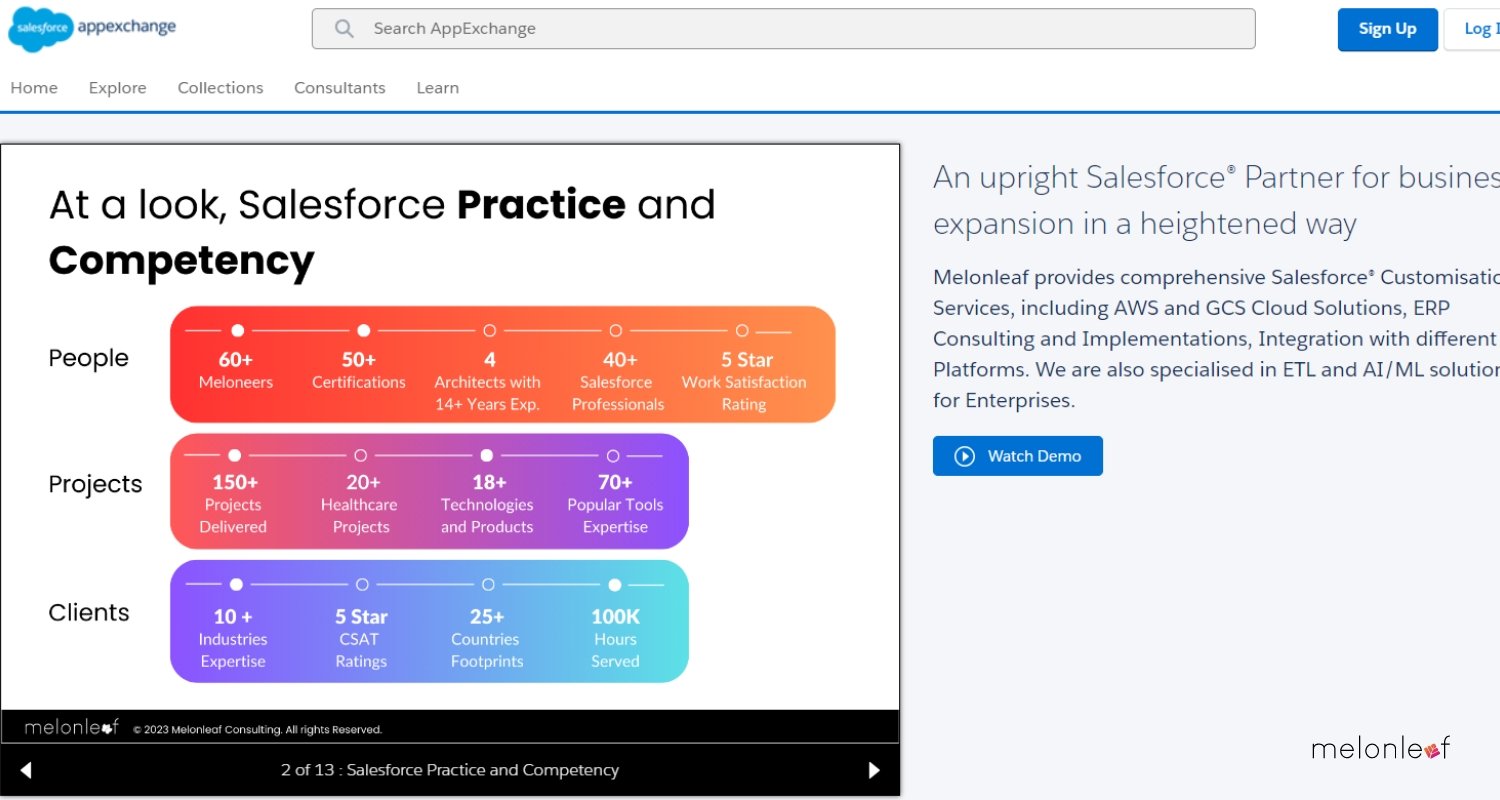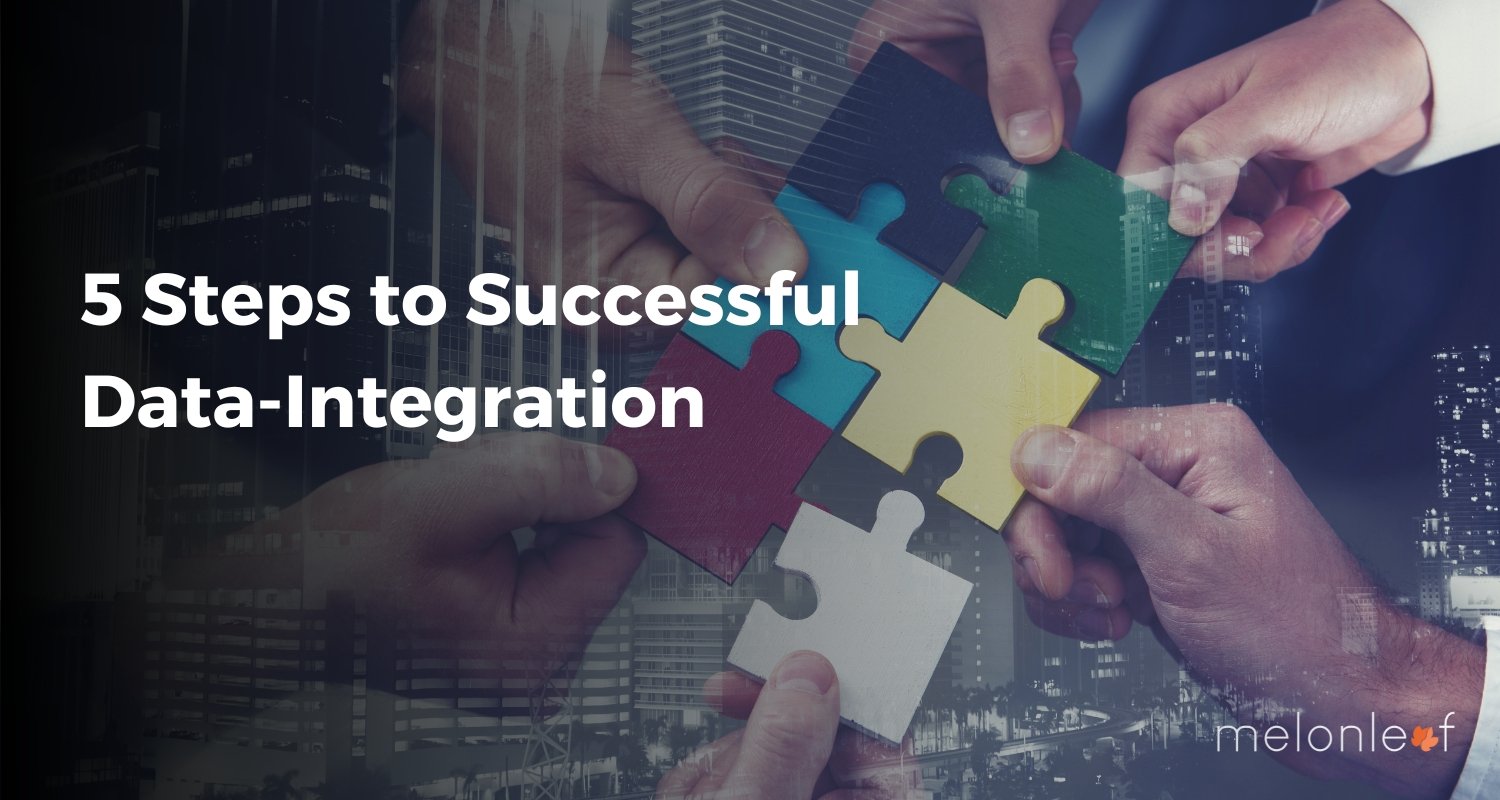
Data integration is a process of streamlining data from various sources into a single, unified view. The ultimate goal is to pave a path through which businesses get information about a spectrum of subjects on a single Datasheet.
With the increasing use of a large amount of data or big data, analyzing each data source becomes hectic. You will require an automated system that provides access to real-time user information necessary for making decisions.
Statistically, 80% of business leaders think data integration is crucial for ongoing business operations. Out of which, 67% rely on data integration to get support on business intelligence and analytics.
The data integration process has also evolved in the past few years. Prior, businesses used the batch system that extracted data from a file and transported it to the target source. Simultaneously, the same process was done to essential data from the other side.
But now, businesses are using automated processes that extract, transform, and load data, keeping all the systems in sync.
Let’s get started; here are Four steps to a seamless data-integration process-
5 Steps for successful data integration
1. Define the scope
Your data migration process should start with defining what data you will migrate, its sources, current format, and core dependencies. This will help you grasp information from both parties to avoid any inconsistency or data loss.
Next, define clear objectives to measure its success after completing the integration. For instance, a real-time data flow from a Configuration Management Database (CMDB) to your CRM with 100% uptime can be your integration goal.
So, according to your business requirements, you can set your data integration goals, including the various parameters you will opt for in its testing.
Here, businesses should also list the various risk factors associated with this data integration. This way, you are not overwhelmed when the problem arises and can map out the exact steps to solve it.
Various risks can arise during data integration, like
- Data access issues
- Unresponsive stakeholders
- Server failure
- Duplication
- Uncategorized data
- Data feed failure
2. Understand your systems and create backups
The systems involved during the data integration process, from extraction to the final transfer, need to be monitored.
You need to know your systems inside and out. If there is appropriate connectivity, is any specific configuration required for the transfer, or is any part of the process in the cloud. Also, discover if any manual processes are being used and how they will contribute to the data integration system.
Secondly, the most crucial thing to consider during data integration is its security.
Each step in the data integration process affects various business operations. Businesses need to be on their toes to map how they will ensure data security with seamless data integration.
Consideration for Designing the Integration Flow –
- Authentication and Authorization
- Type of Integration Supported
- Data Security
-
Firewall
-
VPN
-
Proxy
-
- Data Format
-
JSON
-
XML
-
- Choosing the correct Integration Pattern
-
Request and Reply
-
Fire and Forget
-
Batch Data Sync
-
Remote Call-in
-
Data Virtualization
-
Tip: The best way to secure-proof this process is to make regular backups. So, you will not lose any crucial business data even if anything doesn’t go as planned.
3. Create a Data Integration structure
Now that we are on edge to start our data-integration process defining the current data flow is necessary. It will tell you how the data will flow during the process and after it’s done. This way, you can also map out ways to utilize that information in the future.
A standard data integration process involves extracting information from various sources, with ongoing real-time duplication and data filtration. The information is then processed and changed to the required data format for delivery.
To ensure the process is error-free, you can conduct a sample data integration test. This way, you are prepared for any complications and confirm that the data fits the purpose.
The end-user should monitor the results and whether or not the data integration process was effective. You can also set up alerts for system-level issues like data inconsistency, improper connectivity, etc.
4. Implement & Test
The last step of your digital integration process is finally here. Before you implement the project, ensure that you have given proper access to both the original and the destination source. Check if the people involved in the process are ready and the affected departments know this integration and its adjoining consequences.
After the process is complete, our next step is comprehensively checking data for any loss. So, even if it’s there, we are prepared with risk mitigation strategies and backup to keep things on track.
We suggest you not delete your backups until this digital integration process is complete and you are satisfied with the results.
5. Consult an experienced Salesforce consultant
If you want to ensure that your data is safe during integration, then you need to work with an experienced salesforce consultant who can help you with the entire process. Here are the top two reasons why you should consider hiring an expert:
Experience
Data integration can be a very complicated process, especially if you don’t have any previous experience. Therefore, it’s best to hire someone who has done this job before so they know what they are doing and how they should do it. This way, you can be sure that everything will go smoothly without any problems.
Access to tools and resources
An experienced salesforce consultant will have access to various tools and resources that will help them integrate your data safely and efficiently without causing any damage whatsoever. These tools are specialized for this purpose, so they know precisely how to use them properly for their clients’ needs and requirements.
Why choose Melonleaf Consulting as your data integration partner?
Nowadays, every business wants a unified system that gives a holistic view of the data collected from various resources. Setting up data integration systems is common but also prone to errors.
This is mainly because businesses neglect the steps taken for successful data integration. You must ensure that the original and destination sources are well aligned and secured before transferring data from any side.
Melonleaf is a Salesforce consulting company specializing in Salesforce design and implementation consulting. You can rely on our team of experienced Certified Salesforce professionals who are problem-solvers and capable of tackling the most complicated technical challenges our clients might be facing. Here’s why you should choose us:
- We have solved complex problems for our clients and brought flexibility to their businesses. With proficiency in Salesforce, we continue to give our clients the best experience.
- We value you and your expenses. With the flexible service pricing model, you can choose what service payment model suits your business.
- Our Salesforce Consultants and Specialists come with years of experience. Their expertise and problem-solving skills help you to launch the product from ideation.
- We are exceeding the expectations of our clients and continually learning and delivering even better by staying updated with innovations in the cloud industry.
Contact our Salesforce Consultant to improve your business productivity and maximize revenue generation.





